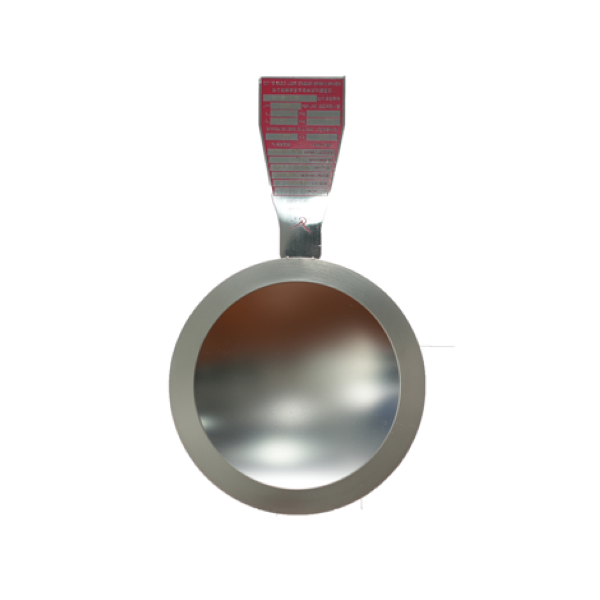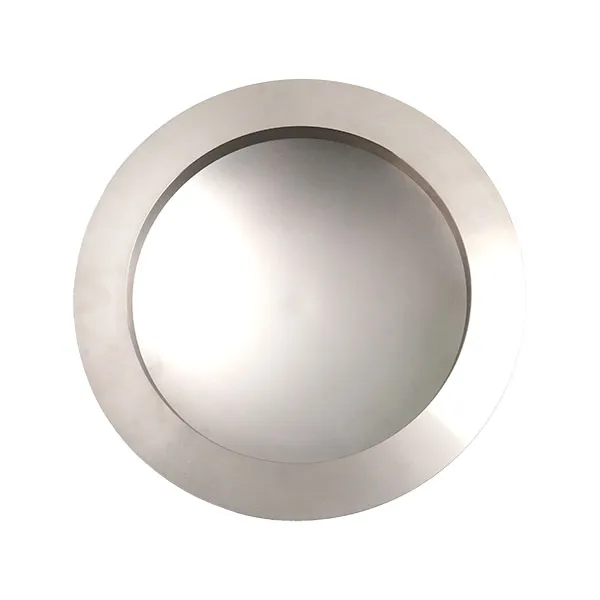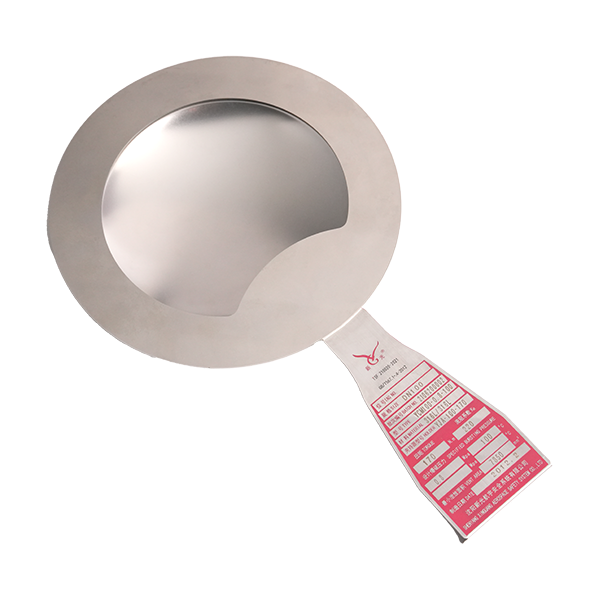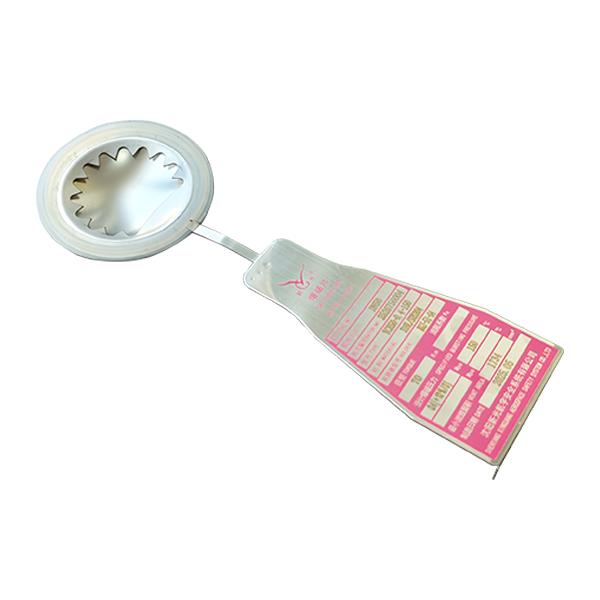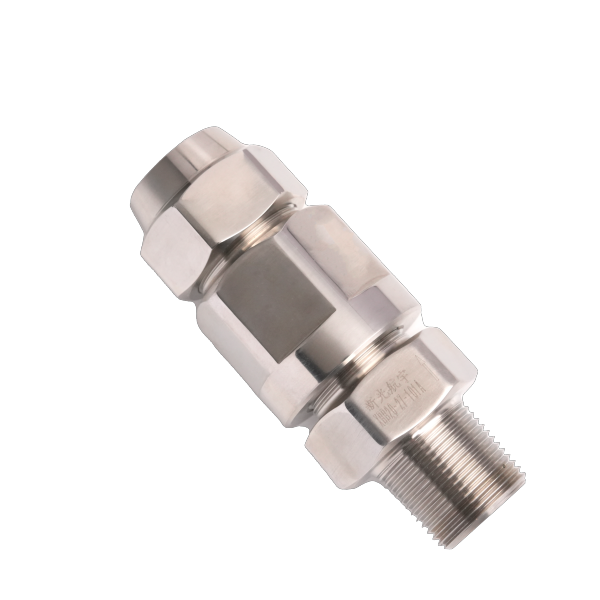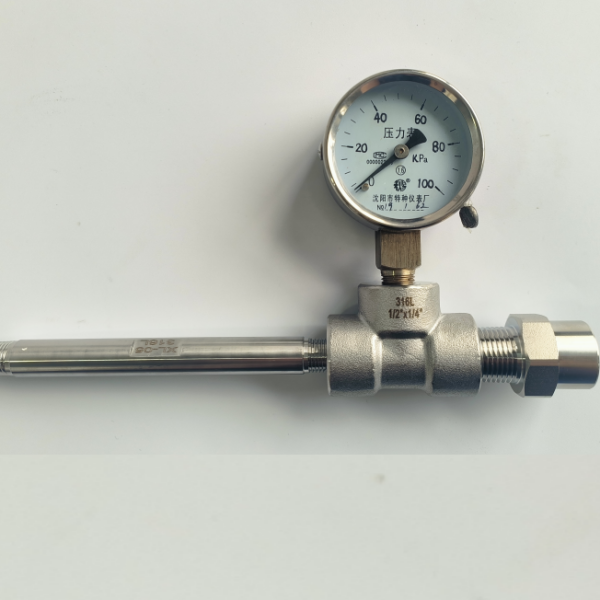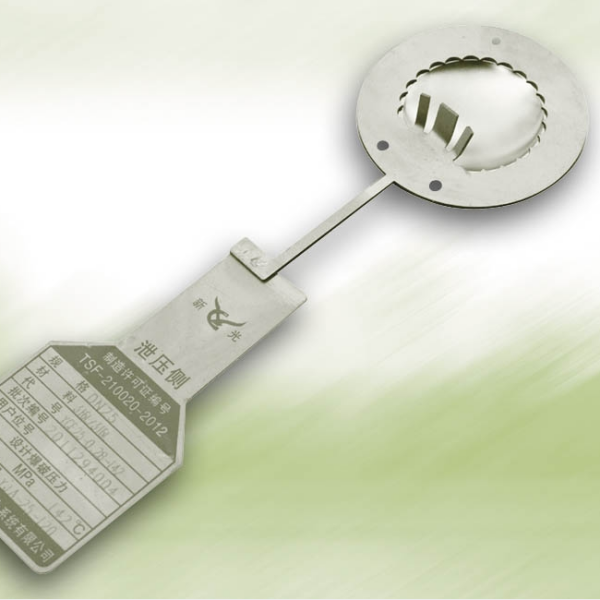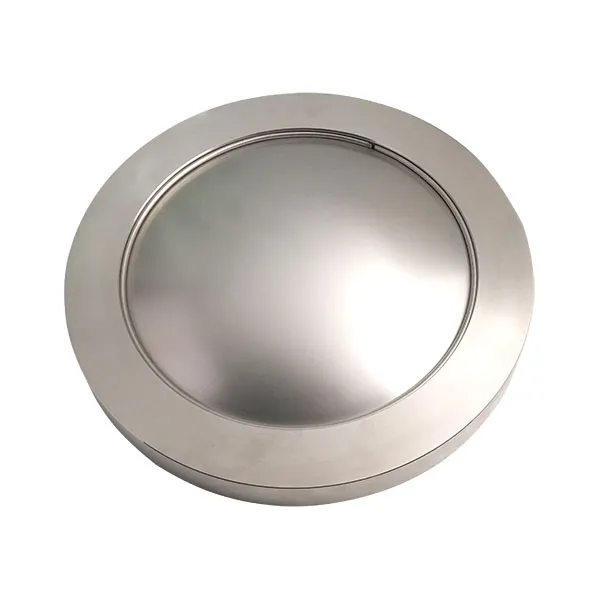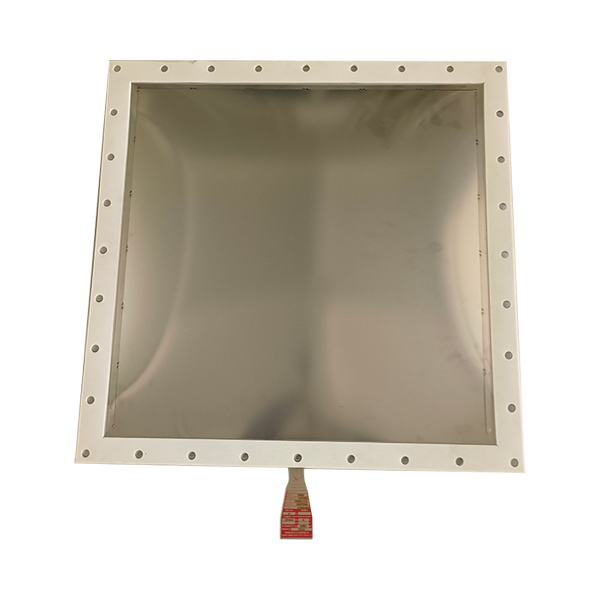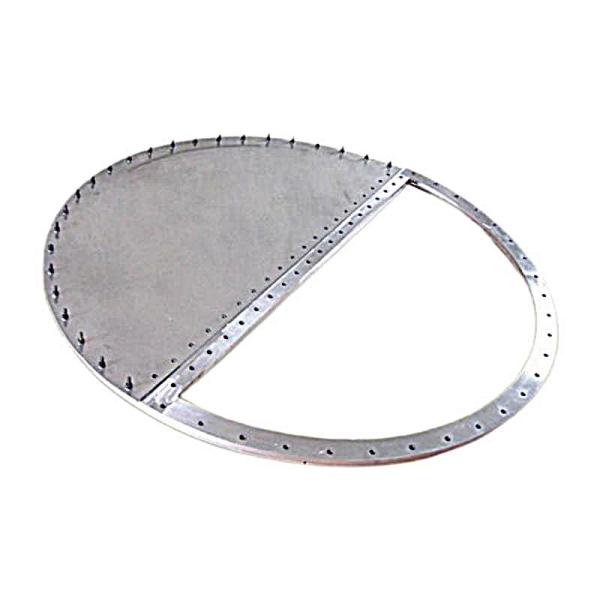As an efficient and reliable overpressure relief device, composite type rupture disc has accurate burst pressure control, excellent resistance to media corrosion and stable discharge performance. It is an important component to ensure the safe operation of pressure vessels, pipelines and other equipment in the industrial fields of chemical industry, petroleum, medicine, energy, etc. Where complex media exist. Complex media environments usually refer to working conditions that contain corrosive fluids, high-viscosity media, media containing solid particles, toxic and harmful media, or multi-component mixed media. Such environments put forward high requirements for the various properties and efficiency of rupture discs, and composite type rupture disc can be adapted to the application needs of many types of complex media scenarios.
In chemical, metallurgical and other industries, acid-base solutions, strong oxidizing gases and other corrosive media are widely present, such as concentrated sulfuric acid in sulfuric acid production plants, chlorine gas and sodium hydroxide solutions in the chlor-alkali industry, chromic acid solutions in the electroplating industry, etc. Such media can easily corrode safety devices made of ordinary metal materials, causing the sealing of the device to fail or the burst pressure to drift, causing safety hazards. For such scenarios, composite type rupture disc can use corrosion-resistant materials such as Hastelloy, Monel alloy, titanium alloy and polytetrafluoroethylene coating to make arched surfaces and slotted structures. Among them, hastelloy has excellent corrosion resistance to strong acids, alkalis and oxidizing media, and the polytetrafluoroethylene coating layer can isolate fluoride, strong oxidizing solutions, and direct contact with metal substrates to prevent material deterioration.
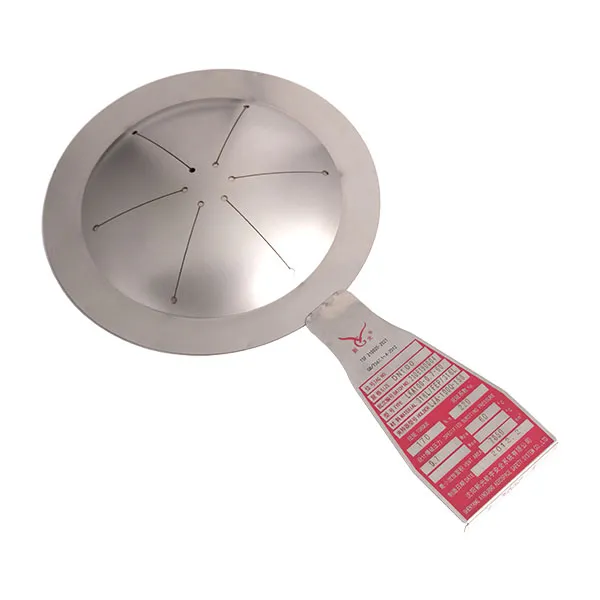
In building materials, mining, grain processing and other industries, media containing solid particles, such as cement dust, ore slurry, and grain dust, often cause clogging of safety devices or structural damage due to particle deposition or wear. Traditional flat-plate rupture discs are prone to seal failure due to particles stuck on the sealing surface, while the positive arch structure and slotted design of composite type rupture disc form a self-cleaning discharge channel, which can be effectively adapted to such scenarios. The arc-shaped structure of the front arch surface of the composite type rupture disc can reduce the deposition of particles on the surface, and the slit design of the slotted part can use the medium flow rate to scour and discharge the attached particles during discharge, preventing clogging of the discharge channel.
In short, through the selection of materials, optimization of structure and excellent sealing, composite type rupture disc has demonstrated excellent adaptability and reliability in corrosive or complex media environments containing solid particles. Composite type rupture disc not only solves the problems of easy corrosion, clogging, and poor sealing of traditional safety devices in complex media, but also provides a guarantee for the safe operation of equipment in chemical, petroleum, pharmaceutical, energy and other industries through precise pressure relief control and stable performance.


